Home>Technology>Home Entertainment Systems>How Does A DLP Projector Work
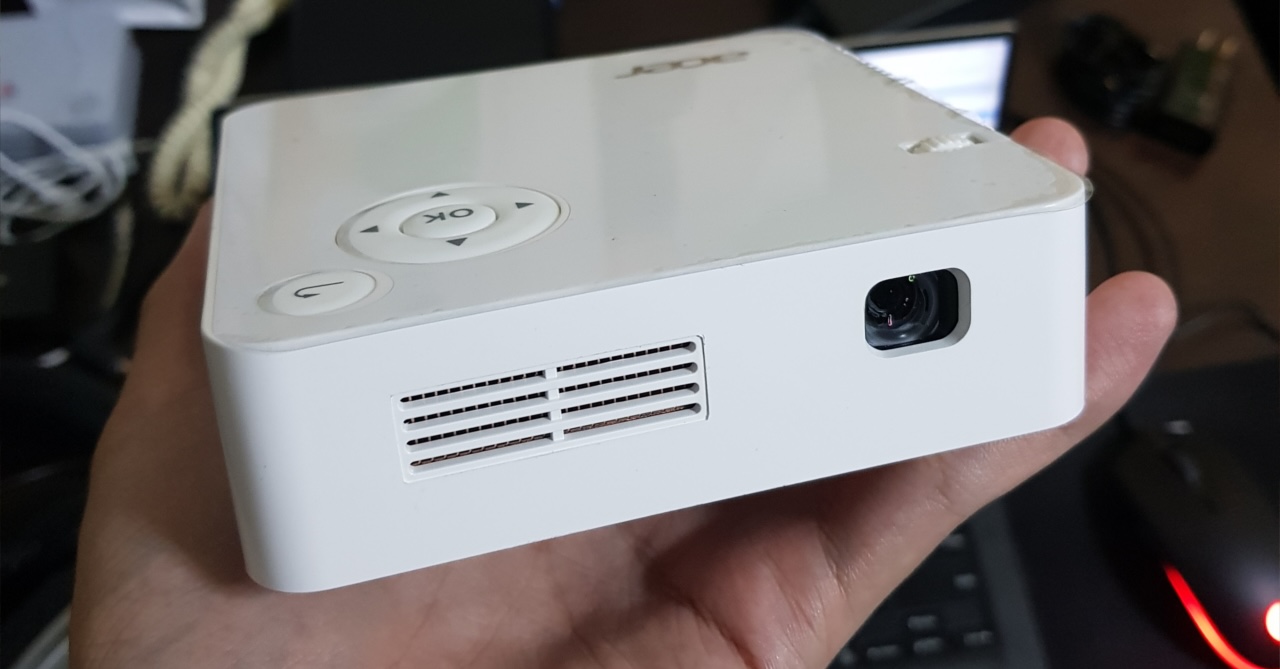

Home Entertainment Systems
How Does A DLP Projector Work
Modified: January 4, 2024
Discover how DLP projectors work and enhance your home entertainment system with high-quality visuals. Learn about the technology behind these projectors.
(Many of the links in this article redirect to a specific reviewed product. Your purchase of these products through affiliate links helps to generate commission for Storables.com, at no extra cost. Learn more)
Introduction
Welcome to the fascinating world of home entertainment systems, where the magic of technology converges with the joy of immersive cinematic experiences. In this article, we delve into the realm of Digital Light Processing (DLP) projectors, shedding light on their inner workings, applications, and the unparalleled visual splendor they bring to home theaters.
A DLP projector is a marvel of modern engineering, leveraging advanced technology to deliver stunning visuals on the big screen. Whether you're a cinephile craving a cinematic escape within the confines of your living room or a gaming enthusiast seeking to elevate your gaming experience, understanding the intricacies of DLP projectors is essential.
As we embark on this journey, we'll unravel the mysteries behind DLP technology, explore the components that make these projectors tick, and uncover the myriad applications that have cemented their status as a cornerstone of home entertainment. So, fasten your seatbelts as we venture into the captivating realm of DLP projectors, where every frame tells a story and every pixel paints a masterpiece.
Key Takeaways:
- DLP projectors use tiny mirrors to create vibrant, flicker-free visuals with exceptional color accuracy, making them perfect for immersive home theaters and dynamic gaming experiences.
- While DLP projectors offer exceptional image quality and portability, some viewers may experience the “rainbow effect” and audible fan noise, which are important considerations for sensitive individuals.
Read more: How Does A Projector Work?
Overview of DLP Projectors
Before delving into the intricacies of DLP technology, let’s take a moment to appreciate the essence of DLP projectors and their significance in the realm of home entertainment systems. DLP projectors, short for Digital Light Processing projectors, are renowned for their ability to render crisp, vibrant visuals with remarkable clarity and precision.
At the heart of a DLP projector lies an ingenious display technology that utilizes microscopic mirrors to reflect light and produce stunningly sharp images. This technology, pioneered by Texas Instruments, has revolutionized the way we experience visual content, be it movies, sports events, or video games, in the comfort of our homes.
One of the defining features of DLP projectors is their exceptional color accuracy, thanks to the advanced color processing algorithms and precise light modulation. This translates into a visually captivating experience, where every hue, shade, and tone is faithfully reproduced, ensuring that the on-screen visuals mirror the director’s artistic intent.
Furthermore, DLP projectors are celebrated for their ability to deliver seamless, flicker-free imagery, making them an ideal choice for prolonged viewing sessions without causing eye strain or fatigue. This, coupled with their versatility in accommodating various screen sizes and room configurations, makes DLP projectors a versatile and compelling option for home theater enthusiasts.
Whether it’s the thrill of witnessing larger-than-life cinematic spectacles or the joy of immersing oneself in the captivating landscapes of video games, DLP projectors excel in bringing these experiences to life with stunning visual fidelity and immersive depth. In the following sections, we’ll unravel the inner workings of DLP technology, shedding light on the components, operation, and the myriad applications that make these projectors a cornerstone of modern home entertainment.
How DLP Technology Works
Understanding the inner workings of DLP technology unveils the intricate processes that culminate in the mesmerizing visual output that DLP projectors are renowned for. At the core of DLP technology lies an array of microscopic mirrors, each capable of tilting rapidly to reflect light and create the images that grace the screen.
When an image is to be displayed, the DLP chip processes the incoming digital signal and directs light from the projector lamp onto the array of mirrors. These mirrors, each representing a pixel, tilt at precise angles to either reflect light towards the projection lens (resulting in an illuminated pixel) or away from it (resulting in a dark pixel).
The rapid modulation of these mirrors, often reaching speeds in the tens of thousands of cycles per second, enables DLP projectors to render smooth, seamless imagery with exceptional clarity and precision. This dynamic interplay of light and motion gives rise to the vibrant, high-definition visuals that captivate audiences and elevate the viewing experience to new heights.
Furthermore, DLP technology incorporates advanced color processing techniques to ensure accurate reproduction of colors, leveraging a combination of color wheels, filters, and precise timing to achieve stunning color fidelity. This meticulous attention to color accuracy results in visuals that are not only sharp and detailed but also rich and lifelike, imbuing every frame with a sense of realism that draws viewers into the heart of the action.
Moreover, DLP projectors boast impressive contrast ratios, effectively delineating between light and dark elements within the imagery to produce strikingly vivid visuals with deep blacks and radiant whites. This contrast prowess contributes to the immersive quality of the projected content, heightening the sense of depth and realism that defines the DLP viewing experience.
By unraveling the technical intricacies of DLP technology, we gain a profound appreciation for the artistry and precision that underpin the visual marvels brought to life by DLP projectors. In the subsequent sections, we’ll delve deeper into the components, operation, and the myriad applications that showcase the versatility and allure of DLP projectors in the realm of home entertainment.
Components of a DLP Projector
Behind the mesmerizing visual spectacle of a DLP projector lies a meticulously engineered ensemble of components that work in harmony to bring cinematic magic to life. Understanding the key components of a DLP projector unveils the intricate machinery responsible for the captivating visuals that grace the screen.
- DLP Chip: At the heart of every DLP projector resides the DLP chip, an array of microscopic mirrors that serve as the canvas for rendering high-definition imagery. Each mirror represents a pixel, and the rapid modulation of these mirrors underpins the seamless, high-fidelity visuals that define the DLP viewing experience.
- Projection Lamp: The projection lamp serves as the radiant wellspring of light that fuels the DLP projector’s visual prowess. By emitting intense light, the projection lamp illuminates the DLP chip, initiating the intricate interplay of light modulation and reflection that culminates in the vibrant imagery projected onto the screen.
- Color Wheel: An integral component in the color reproduction process, the color wheel is tasked with filtering and modulating light to achieve accurate color representation. By swiftly rotating and selectively passing light through color filters, the color wheel contributes to the faithful reproduction of hues and tones, enriching the visual palette of the projected content.
- Optics and Projection Lens: The optics and projection lens play a pivotal role in focusing and directing the modulated light from the DLP chip onto the projection surface. Through precise optics and lens configurations, DLP projectors can achieve sharp, distortion-free imagery across varying screen sizes and viewing distances, ensuring a visually captivating experience for audiences.
- Supporting Electronics and Cooling Systems: Complementing the core components are the supporting electronics and cooling systems that regulate the DLP projector’s operations. From signal processing and image enhancement to thermal management, these auxiliary systems contribute to the overall performance and reliability of the DLP projector, ensuring consistent and immersive visual output.
By recognizing the pivotal role played by each component, we gain a deeper appreciation for the intricate synergy that fuels the visual prowess of DLP projectors. In the subsequent sections, we’ll explore the operational dynamics of DLP projectors, shedding light on the seamless interplay of these components in delivering captivating visuals that redefine the home entertainment experience.
A DLP projector works by using a tiny chip with thousands of mirrors to reflect light and create images on a screen. The mirrors tilt to create different shades and colors, resulting in a clear and vibrant picture.
DLP Projector Operation
Embarking on a captivating visual journey, the operation of a DLP projector orchestrates a symphony of precision and innovation, culminating in the breathtaking imagery that graces the screen. Understanding the operational dynamics of a DLP projector unveils the seamless interplay of its components, the intricacies of light modulation, and the artistry of color reproduction that define the immersive viewing experience.
When a visual signal is fed into the DLP projector, the intricate process unfolds with remarkable precision. The projection lamp ignites, flooding the DLP chip with intense light. This light is then modulated by the array of microscopic mirrors, each reflecting and redirecting light to produce the intricate patterns and hues that form the visual tapestry projected onto the screen.
The color wheel, in tandem with the DLP chip and optics, contributes to the faithful reproduction of colors, ensuring that every shade and tone is rendered with stunning accuracy. As the projected imagery comes to life, the projection lens meticulously focuses the modulated light, crafting sharp and detailed visuals that captivate audiences with their clarity and depth.
Moreover, the supporting electronics and cooling systems work tirelessly behind the scenes, regulating the flow of signals, enhancing image quality, and maintaining optimal operating temperatures. This holistic orchestration of components and systems ensures a seamless and immersive viewing experience, free from visual artifacts or performance inconsistencies.
One of the hallmarks of DLP projector operation is the ability to deliver flicker-free, high-definition imagery with exceptional contrast and luminance. This translates into a visually captivating experience, where every frame exudes vibrancy, depth, and realism, drawing audiences into the heart of the on-screen action with unparalleled visual fidelity.
By unraveling the operational intricacies of DLP projectors, we gain a profound appreciation for the meticulous craftsmanship and technological innovation that converge to bring cinematic magic to life. In the following sections, we’ll explore the advantages, limitations, and the diverse applications that underscore the versatility and allure of DLP projectors in the realm of home entertainment.
Read also: 10 Best Dlp Projector For 2024
Advantages and Limitations of DLP Projectors
DLP projectors are revered for their myriad advantages, each contributing to the captivating visual experience they offer. Understanding these strengths, alongside acknowledging their limitations, provides a comprehensive perspective on the suitability of DLP projectors for diverse home entertainment needs.
- Advantages:
- Exceptional Image Quality: DLP projectors are celebrated for their ability to render high-definition imagery with remarkable clarity, vibrant colors, and impressive contrast ratios. This results in visually captivating experiences that bring movies, games, and multimedia content to life with stunning fidelity.
- Flicker-Free Performance: DLP projectors deliver flicker-free visuals, ensuring prolonged viewing sessions without causing eye strain or discomfort. This attribute is particularly valuable for immersive cinematic experiences and extended gaming sessions.
- Rapid Response Time: DLP technology enables rapid response times, making these projectors ideal for gaming and fast-paced multimedia content. The seamless motion rendition and minimal input lag contribute to an engaging and responsive gaming experience.
- Longevity and Reliability: DLP projectors are known for their robustness and durability, often boasting long-lasting light sources and minimal maintenance requirements. This makes them a dependable choice for consistent and enduring performance.
- Compact and Portable Designs: Many DLP projectors feature compact and portable designs, offering flexibility in setup and usage across different environments. Whether it’s a home theater, outdoor screening, or business presentations, the portability of DLP projectors enhances their versatility.
- Limitations:
- Rainbow Effect: Some viewers may experience the “rainbow effect,” characterized by momentary flashes of rainbow-like artifacts during rapid motion scenes. While this phenomenon is not universally observed, it can impact the viewing experience for sensitive individuals.
- Black Levels and Contrast: While DLP projectors excel in color accuracy and brightness, achieving deep black levels and ultra-high contrast ratios comparable to some other technologies can be challenging. This can affect the perceived depth and richness of darker scenes in movies and games.
- Audible Noise: In some cases, DLP projectors may produce audible fan noise during operation, which can be noticeable in quieter viewing environments. While advancements in cooling systems have mitigated this issue, it remains a consideration for noise-sensitive users.
By weighing these advantages and limitations, consumers can make informed decisions when selecting a home entertainment system that aligns with their preferences and viewing priorities. The next section will illuminate the diverse applications of DLP projectors, showcasing their adaptability and appeal across various entertainment and presentation scenarios.
Applications of DLP Projectors
The versatility of DLP projectors extends far beyond the confines of traditional home theater setups, encompassing a diverse array of applications that showcase their adaptability and appeal across various entertainment and presentation scenarios. From immersive cinematic experiences to dynamic business presentations, DLP projectors serve as indispensable tools for elevating visual content in numerous environments.
- Home Theater and Gaming: DLP projectors are a cornerstone of home theater setups, offering immersive cinematic experiences that rival the ambiance of commercial movie theaters. Whether it’s the thrill of watching blockbuster movies on a grand scale or the exhilaration of gaming on a larger-than-life canvas, DLP projectors redefine home entertainment with their captivating visuals and expansive screen sizes.
- Outdoor Screenings and Events: The portability and versatility of DLP projectors make them ideal for outdoor screenings, movie nights, and events. Whether it’s a backyard movie gathering, a community event, or an outdoor gaming session, DLP projectors bring the magic of visual entertainment to open-air environments with stunning clarity and impact.
- Business Presentations and Education: DLP projectors are indispensable tools for dynamic business presentations, training sessions, and educational environments. Their ability to deliver crisp, vibrant visuals, coupled with features such as keystone correction and versatile connectivity options, makes them valuable assets in boardrooms, classrooms, and conference settings.
- Art and Digital Signage: DLP projectors find creative applications in art installations, digital signage, and multimedia exhibitions, where their ability to render vibrant visuals with precision and impact enhances the immersive quality of visual displays. From interactive art installations to captivating digital signage, DLP projectors infuse visual content with a sense of dynamism and allure.
- Professional AV and Entertainment Venues: In professional audiovisual (AV) settings, such as theaters, auditoriums, and entertainment venues, DLP projectors play a pivotal role in delivering captivating visual experiences to audiences. Their ability to render high-definition imagery with exceptional clarity and color fidelity makes them indispensable assets in the realm of professional entertainment and multimedia presentations.
By embracing these diverse applications, DLP projectors emerge as versatile and indispensable tools for elevating visual content across a spectrum of environments and scenarios. Their ability to deliver immersive experiences, vibrant visuals, and impactful presentations underscores their enduring appeal in the realm of home entertainment and beyond.
Conclusion
As we draw the curtains on our exploration of DLP projectors, we find ourselves immersed in the captivating allure of a technology that has redefined the landscape of home entertainment and visual experiences. The journey through the inner workings, applications, and the advantages and limitations of DLP projectors has illuminated the remarkable synergy of innovation and artistry that underpins their appeal.
At the heart of every DLP projector lies a testament to technological ingenuity, where microscopic mirrors dance in unison to craft breathtaking visuals that transcend the confines of the screen. The exceptional color accuracy, vibrant imagery, and flicker-free performance converge to deliver immersive cinematic experiences and dynamic visual presentations that captivate audiences and elevate the art of storytelling.
From the intimate confines of home theaters to the expansive canvas of outdoor screenings, DLP projectors have woven themselves into the fabric of diverse entertainment and presentation scenarios, leaving an indelible mark with their versatility and impact. Whether it’s the thrill of witnessing larger-than-life spectacles, the joy of gaming on an epic scale, or the dynamism of multimedia exhibitions, DLP projectors stand as stalwarts of visual innovation and immersive storytelling.
As we bid adieu to this exploration, we carry with us a profound appreciation for the artistry and precision that define DLP technology, as well as the myriad applications that underscore its adaptability and enduring appeal. In the realm of home entertainment systems, DLP projectors stand as beacons of visual excellence, inviting audiences to embark on immersive journeys where every frame tells a story and every pixel paints a masterpiece.
So, as the curtain falls on this chapter, let the magic of DLP projectors continue to illuminate our visual landscapes, enrich our entertainment experiences, and inspire us with the boundless possibilities of immersive storytelling.
Frequently Asked Questions about How Does A DLP Projector Work
Was this page helpful?
At Storables.com, we guarantee accurate and reliable information. Our content, validated by Expert Board Contributors, is crafted following stringent Editorial Policies. We're committed to providing you with well-researched, expert-backed insights for all your informational needs.
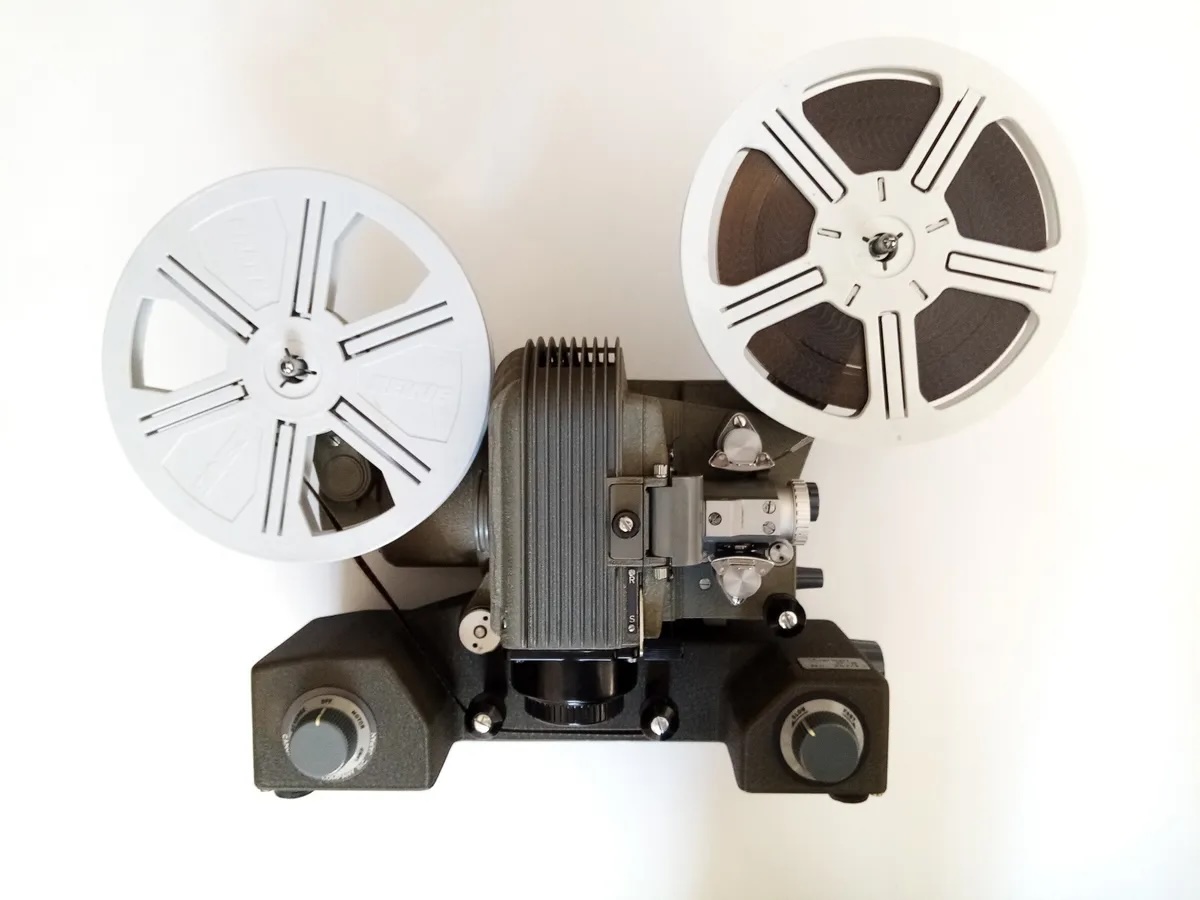
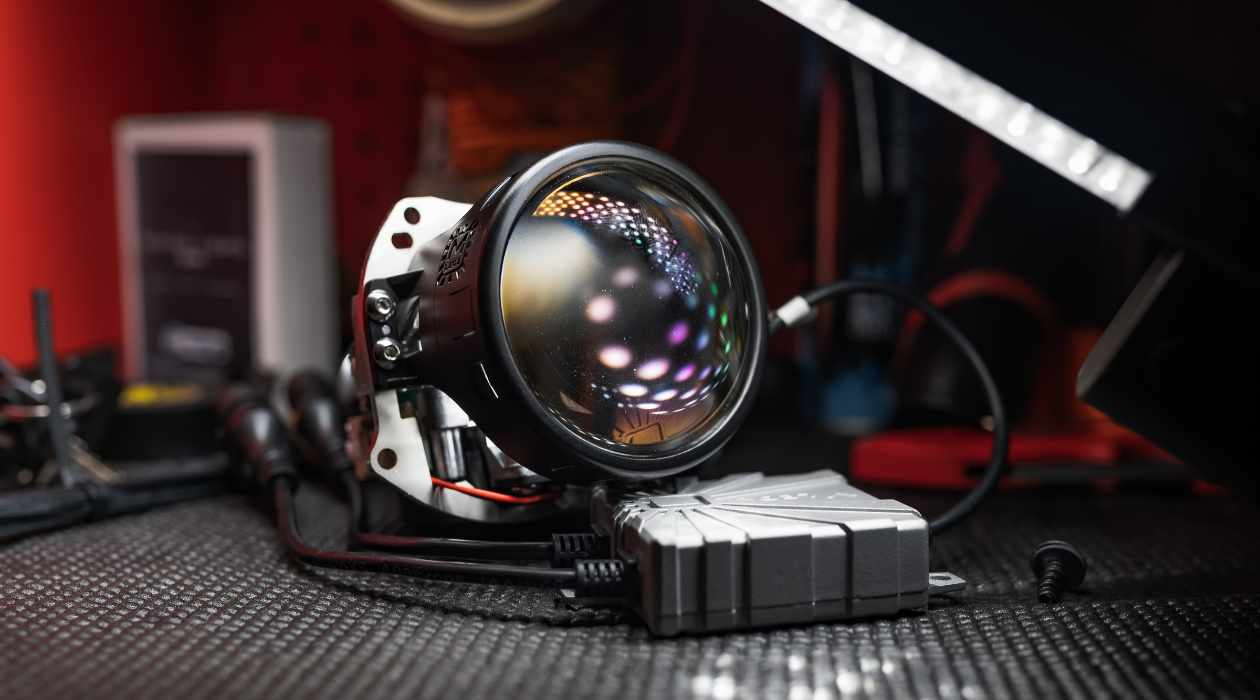
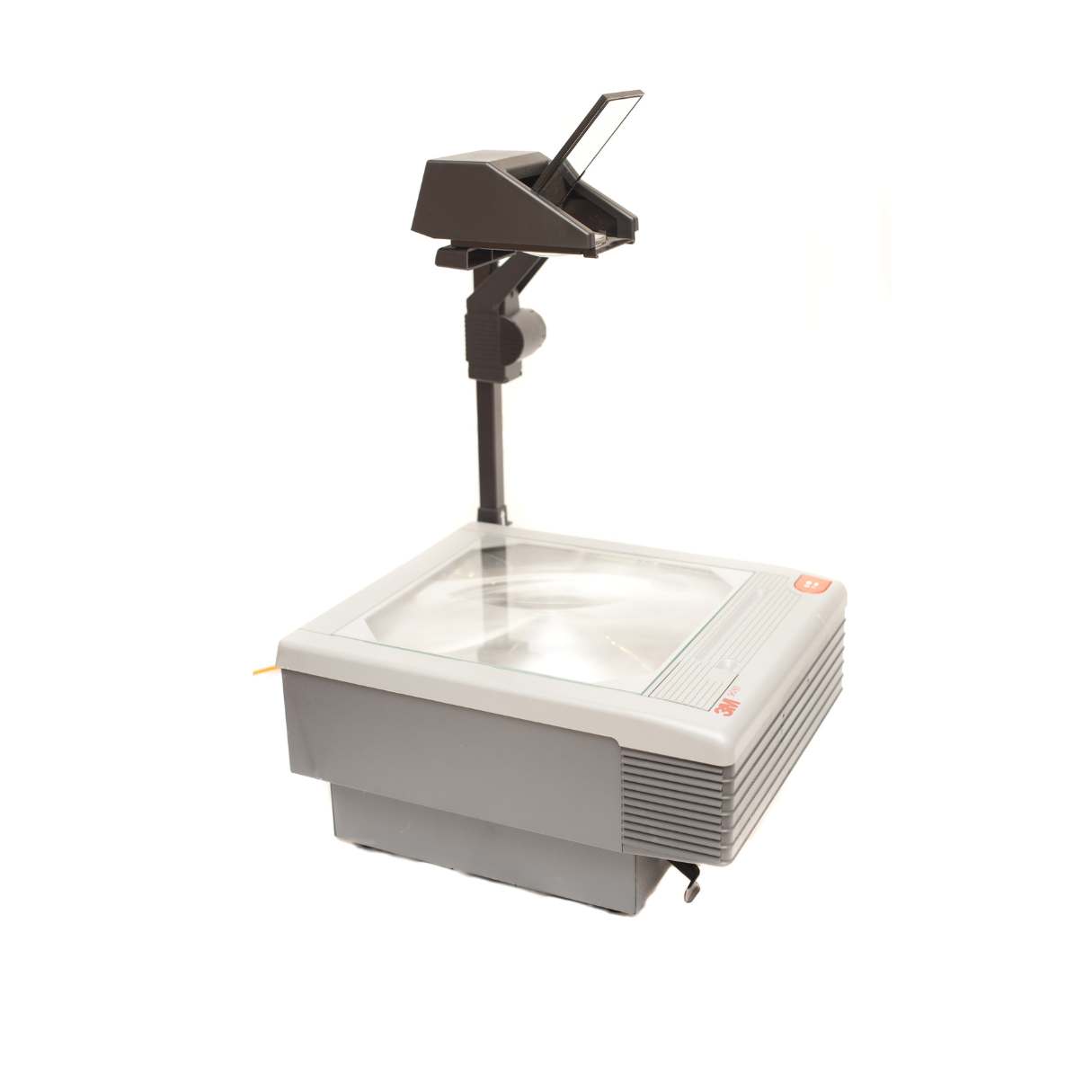
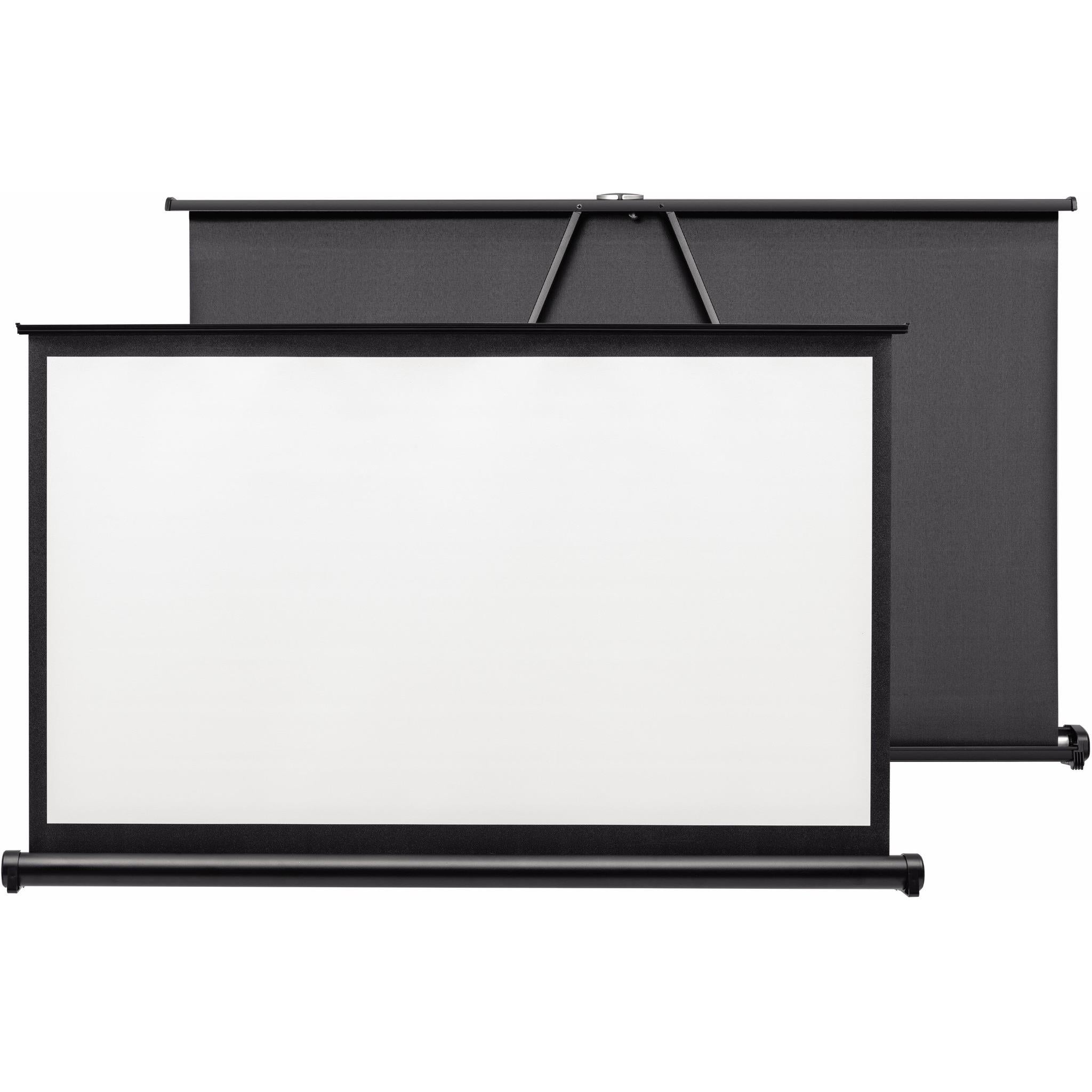
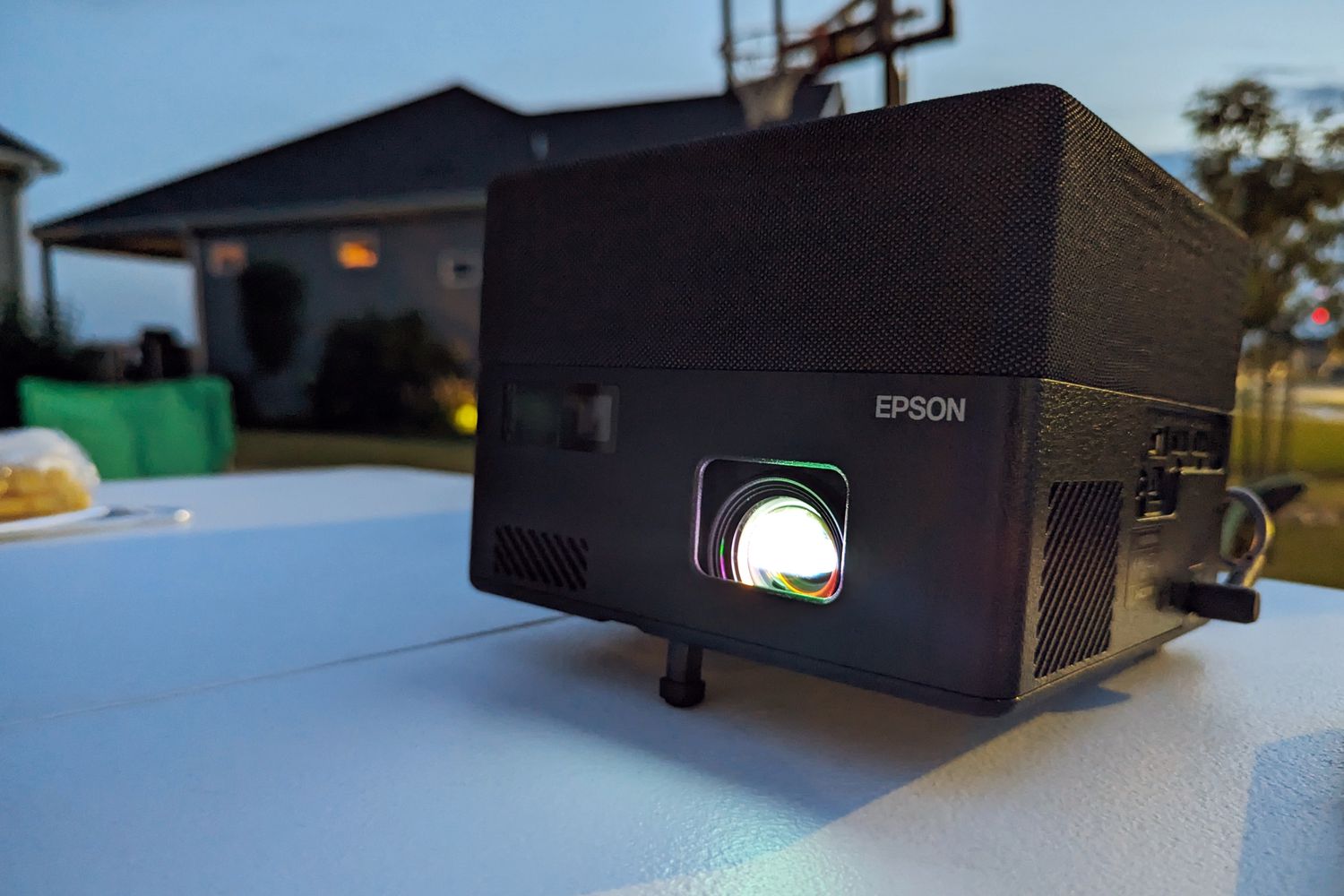
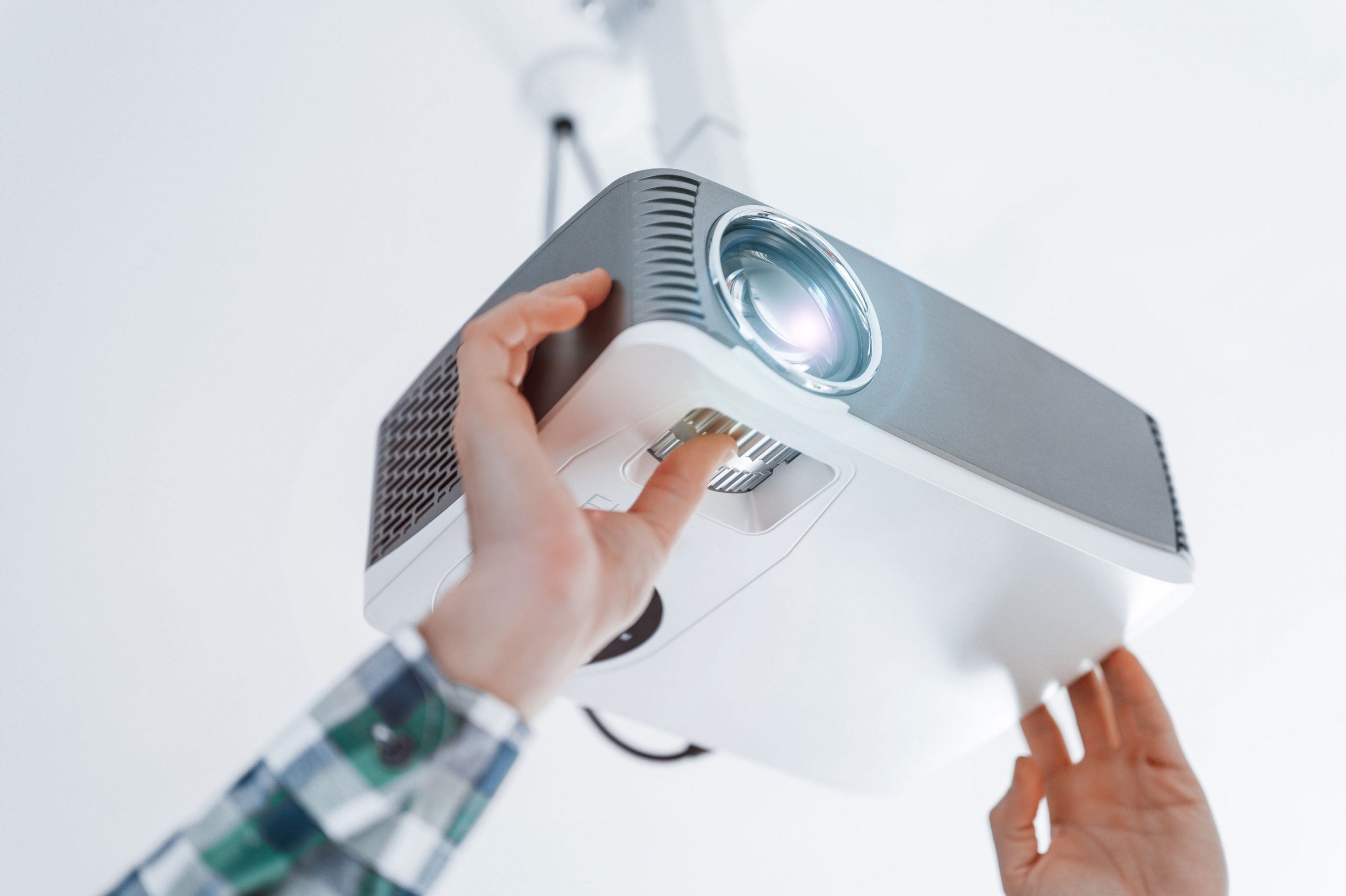
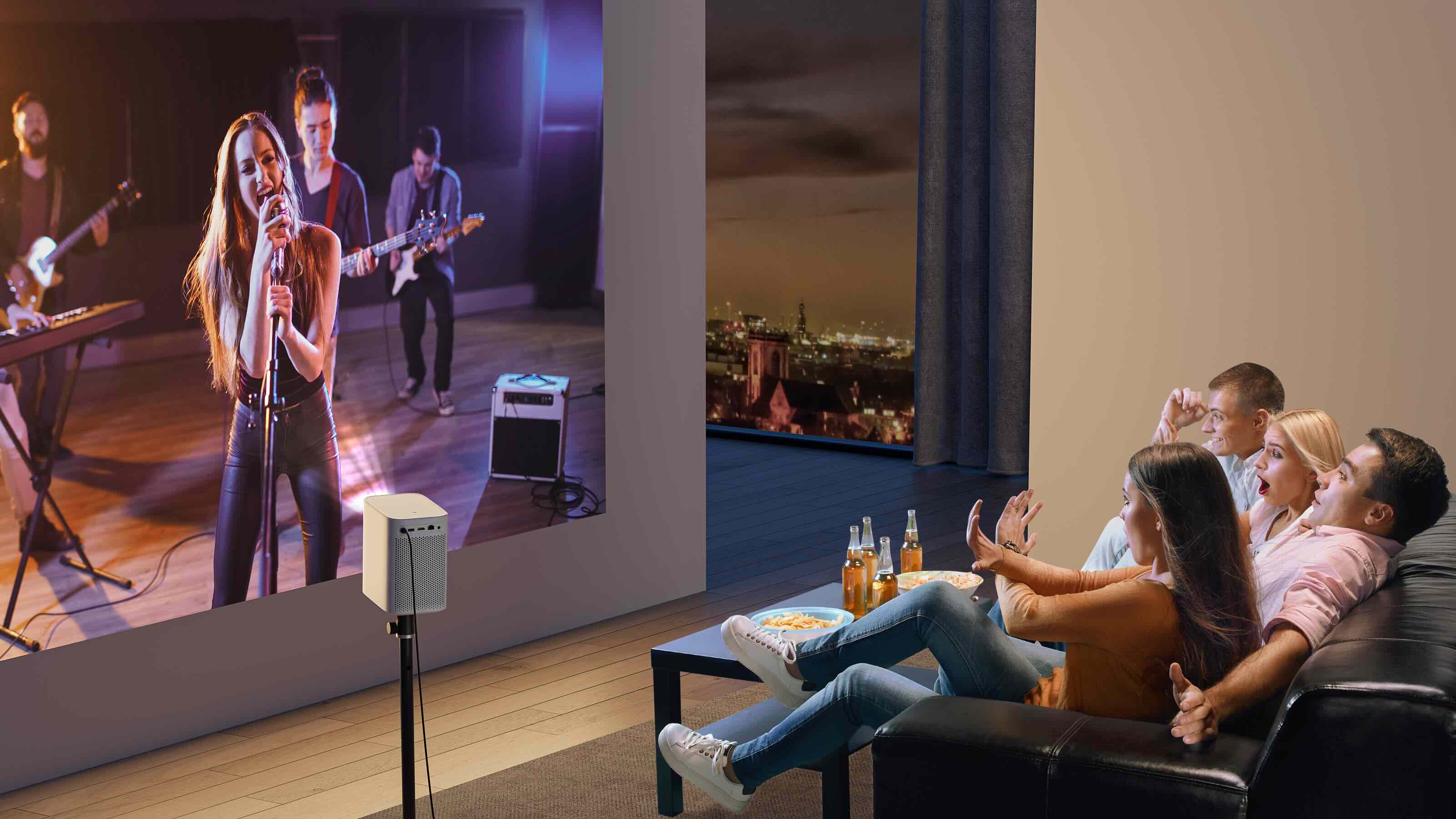


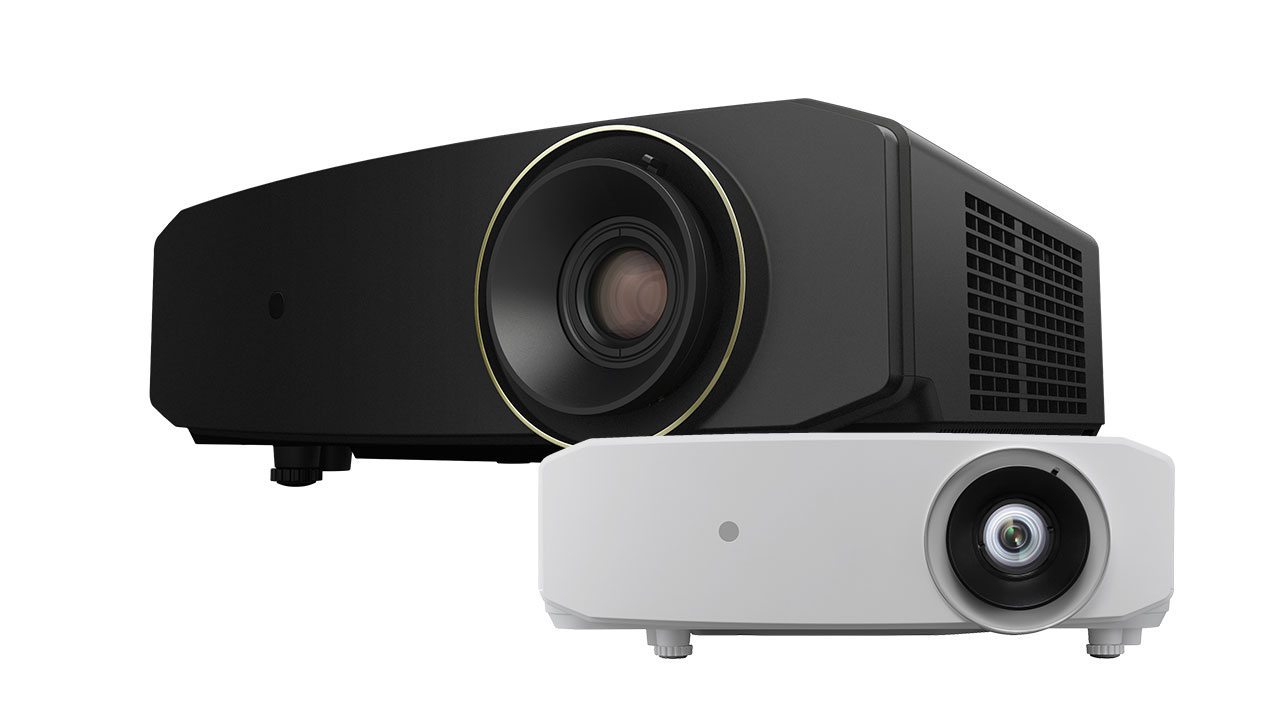
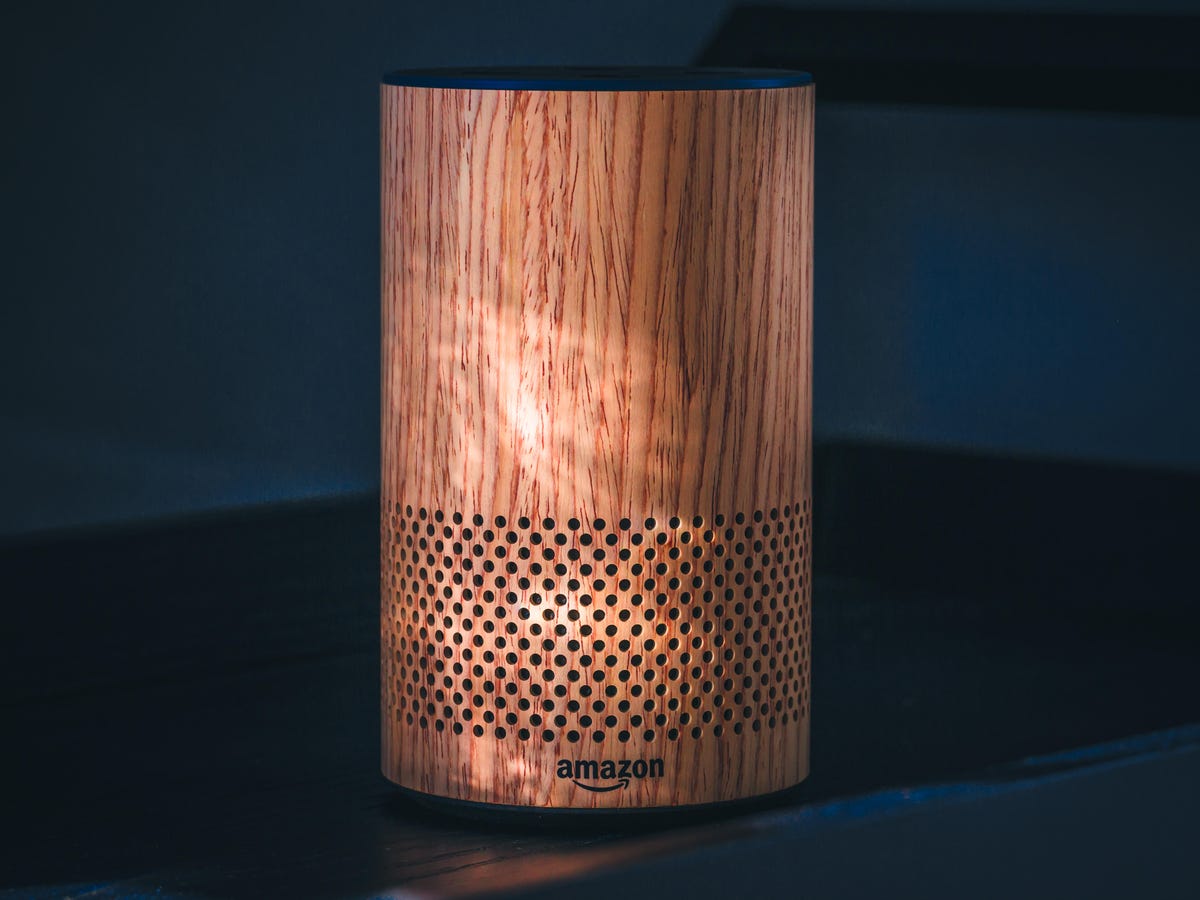




0 thoughts on “How Does A DLP Projector Work”